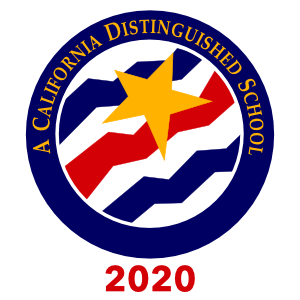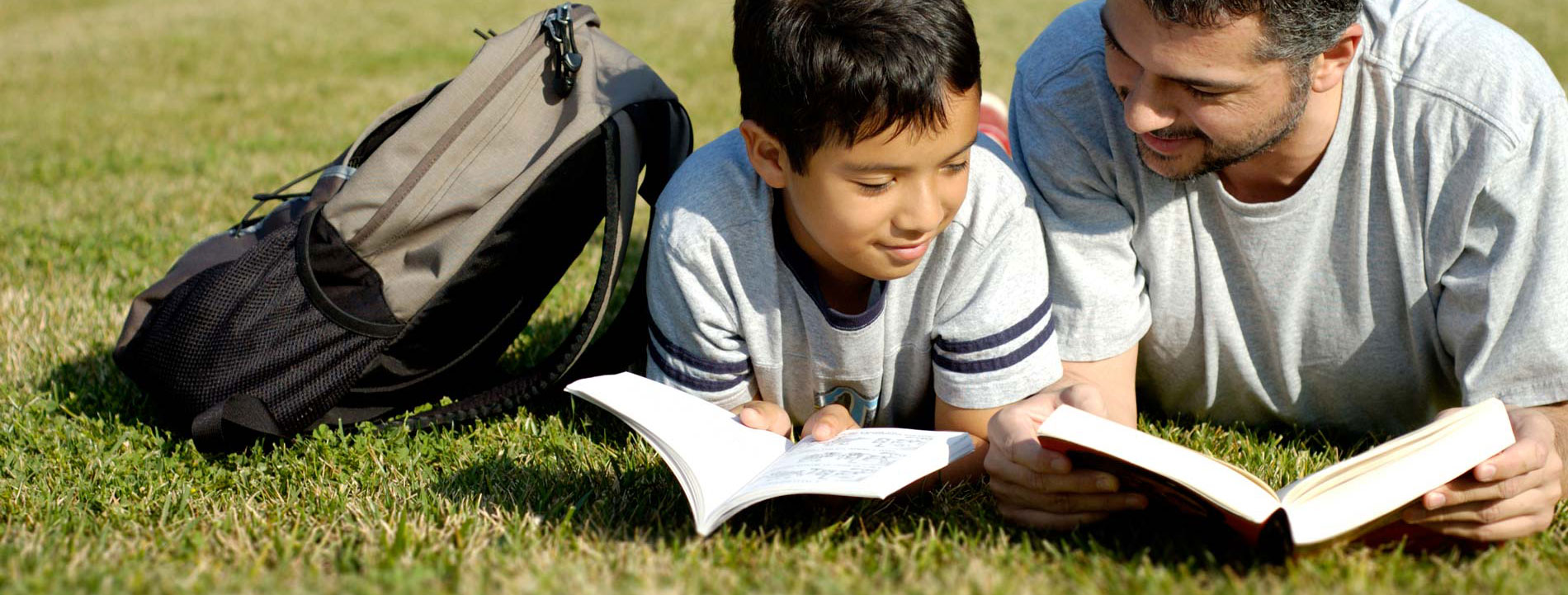The Global Read Aloud: “One Book to Connect the World”
By Lisa P., Mom to Classy Cucumber Giovanna and Future Villager Aidan
 This fall, several Village classes participated in the Global Read Aloud, a yearly reading project started by an educator in 2010 “with a simple goal in mind; one book to connect the world.” Each year, books are chosen that have the potential to “spark connections, spark change, and make people feel something.” Teachers read the books aloud during a 6-week period between October to November, and then choose a variety of ways they might connect students with each other — whether through technology tools like Skype or Google Hangouts, or through simpler means such as postcard exchanges. Since its beginning, over 4,000,000 students from more than 80 countries have participated.
This fall, several Village classes participated in the Global Read Aloud, a yearly reading project started by an educator in 2010 “with a simple goal in mind; one book to connect the world.” Each year, books are chosen that have the potential to “spark connections, spark change, and make people feel something.” Teachers read the books aloud during a 6-week period between October to November, and then choose a variety of ways they might connect students with each other — whether through technology tools like Skype or Google Hangouts, or through simpler means such as postcard exchanges. Since its beginning, over 4,000,000 students from more than 80 countries have participated.
Two 4th/5th grade classrooms, Andy’s Harmonious Hummingbirds and Michele’s Classy Cucumbers, read the book Amal Unbound by Aisha Saeed. Amal Unbound is the story of a Pakistani girl who has dreams of becoming a teacher. She is disappointed when she must stay home from school for a while to care for her younger siblings, but she finds ways to continue her education regardless. Life takes a very unexpected turn when she has a run-in with her village’s corrupt landlord, and is then forced to work as his family servant to pay off her own family’s debt. Amal is challenged in many ways, and must join with others to become free and to help change the unjust status quo for her village.
Teacher Michele said, “I love the Global Read Aloud because it helps me bring new books to the classroom that I might not otherwise come across…these books get kids thinking at a deep level about human interaction and social or cultural differences. We have thoughtful discussions about big issues. And at this age, students are ready for these big topics and discussions.” While reading this book, for example, “students were deeply affected and upset about reading that Amal had to stop going to school — we discussed what it would be like to be in her situation, and the students felt empathy and compassion for her.”
Tools Michele and Andy used to help students connect with others, and enhance their learning, included FlipGrid, Padlets and Google HyperDocs. “We as teachers got a lot of value out of the teacher Facebook page for classrooms reading Amal Unbound for the GRA, and got a lot of tools and ideas to use in the classroom from that group,” said Andy. Using FlipGrid, students were able to video themselves answering questions posted by their teachers and then share them with each other. With Padlets, which are online bulletin boards, students posted things they were thinking about, and kids all over the world could read each other’s responses. For example, they responded to questions such as, “How do you relate to Amal?” and “How is your life different than Amal’s?” or to prompts such as “I notice…” and “I wonder…” Within a HyperDoc, students were able to work with maps, watch videos about Pakistan, look up vocabulary words with both pictures and words in Urdu, and learn about the book’s author and cover design.
Within the classroom, Michele and Andy facilitated discussions and projects related to the story as they read. They talked about the striking cover art of the book and its meaning related to the text. In Andy’s class, students had the chance to do Henna tattoos. Both classes used paper hand templates similar to the cover art so that students could create art that represented them. They drew symbols on the hands of things they love, their interests, and of experiences they have had that have shaped them.
Until mid-December, Michele also mentored Saba, a student teacher of Pakistani heritage, who added to the discussions and to the students’ understanding of the story and of Pakistani culture. Saba talked about her perspective on social issues presented in the book. She said, “I tried to see how we could relate the story to what is happening in the U.S….such as issues that arise when too much power is concentrated in just a few hands, and what can we do to bring our voices together and create change the way that Amal did.” Saba also brought in foods that were discussed in the book, such as jalebis (a sweet treat) and kulfi (similar to ice cream). On her last day of student teaching, Saba brought in more treats and presented each student in Michele’s class with a handmade bookmark with their name she had written in Urdu.
At the conclusion of the Global Read Aloud this year, author Aisha Saeed posted a heartfelt thank you note on the program’s blog. Here is an excerpt from that letter:
“All through my elementary school years, I was taunted for my identity. And yet I couldn’t hide from who I was. My skin, my hair, my name— spoke too loudly. And as painful as it was, I thought it was normal. I accepted it.
During the Global Read Aloud, so many of you went beyond the book and dove into Pakistani culture. You brought in music. You Skyped with classrooms and people in Pakistan and around the world. You invited local community members to share about the people and the culture of Pakistan. You walked into South Asian markets and clothing stores and bought pomegranates and chadors and did everything you could to bring “over there”— here.
In a world where Pakistan is often equated to dangerous, you helped combat stereotypes. You helped children see the underlying humanity that all people possess which bind us together—because that is the truth. There is no “us versus them”— we are all people.”
She continued, “You not only helped children glimpse life in another person’s shoes, you helped children feel seen. You honored them. You validated them. You celebrated them.”
Read the full transcript of this beautiful letter here.


























